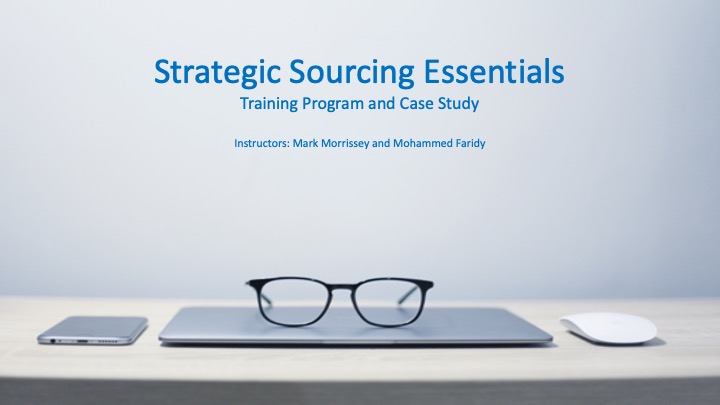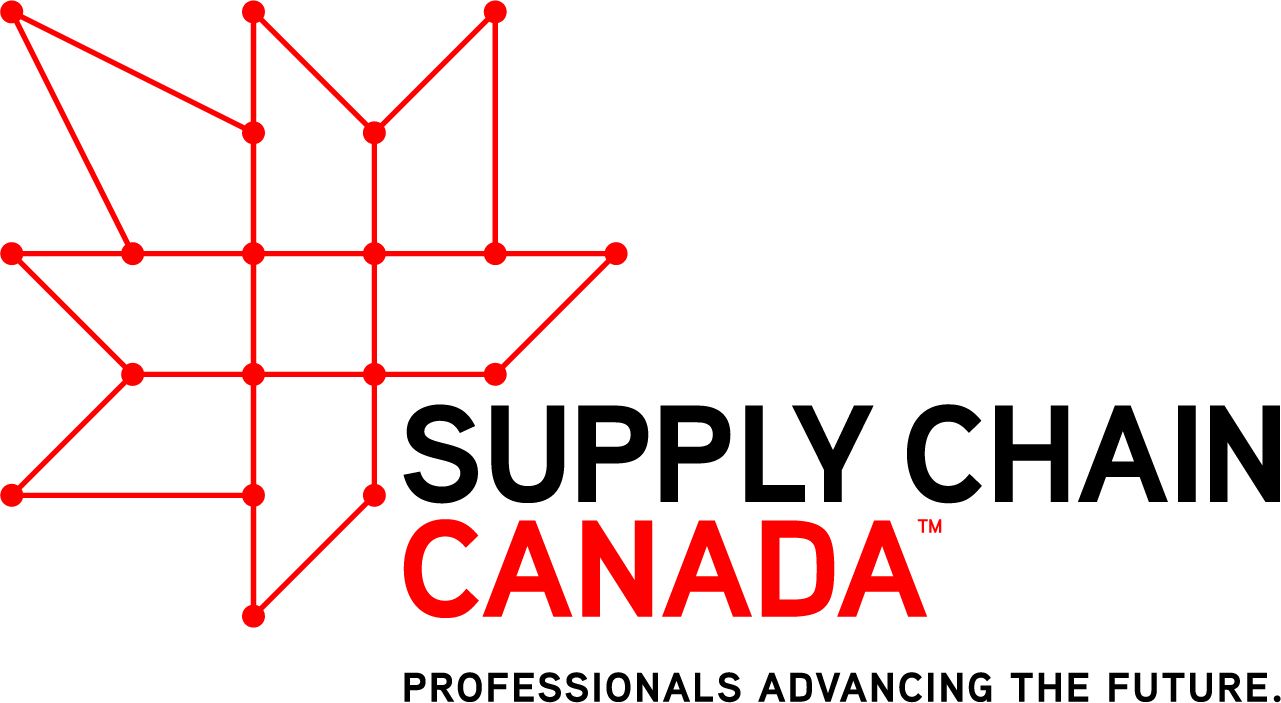
Have you ever told someone you’re a Procurement Professional, and then spent the next 20 minutes explaining what a Procurement Professional does?
Why is it that doctors and lawyers can simply say they’re doctors or lawyers and leave it at that…but as Procurement Professionals we turn ourselves into pretzels trying to justify our reason for existence?
One of the reasons is because the procurement industry, and we ourselves as Procurement Professionals, haven’t done a good job of defining our role in an organization
Remember, if you don’t define your role then somebody else will do it for you
So if your internal clients think your job is to get quotes, cut POs and make sure invoices get paid…those are the only things they’ll want your help with
But if you can articulate and, more importantly, demonstrate your understanding of your organizations competitive market positioning
And how you’re responsible for aligning the supply chain with the organizations goals and objectives
Then getting quotes and cutting POs isn’t who you are, it’s just some of the MANY things you do as a Procurement Professional
No here’s the catch…saying and doing are two very different things
So before you start telling your colleagues about secondary sourcing strategies to mitigate offshore supply chain risk
Or why it’s important to implement formal vendor management and category management programs in your organization
You should also have the skillset to do actually these things
And to help with that, we just launched new Strategic Sourcing Essentials eLearning course I co-developed with my friend and colleague, Mark Morrissey
Mark and I cover 6 modules in the course:
- Aligning Strategic Sourcing with corporate goals and objective
- Competitive Positioning and Supply Chain Risk
- Leading Class Practices
- Vendor Management
- Negotiation Strategies
- Case Study – Process Transformation
You can go through the course at your own pace, and when you’ve completed it and submitted your responses to the final case study, you’ll receive a digital certificate of completion
You’ll also have access to the course for 1 year so you can always go back and review any of the modules or chat with your peers that are also taking the course
And if you’re in a team of 3 or more people, you can take advantage of our corporate rates
2020’s been a tough year and many people didn’t get a chance for any meaningful professional development
Well this is a chance to, not only tick a box on your year-end review, but actually build on your skillset as a procurement professional
For more information you can visit our website
Thanks and hope to see you in the course,
Mohammed





.jpg)





